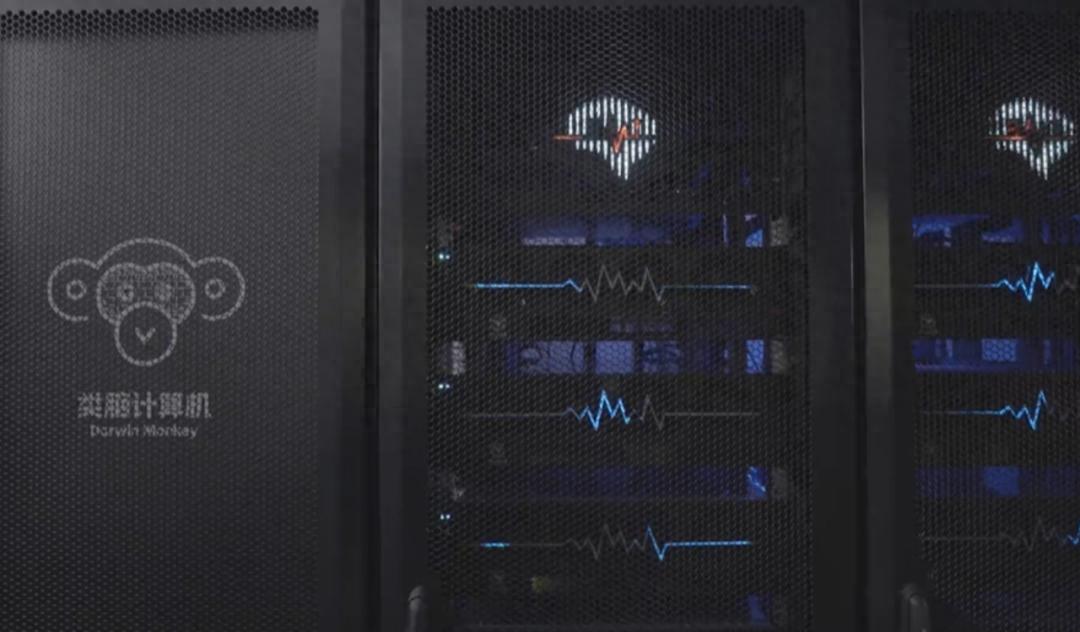Source: Science and Technology Daily
◎ Science and Technology Daily reporter Jiang Yun
On August 2, the National Key Laboratory of Brain-Machine Intelligence at Zhejiang University announced the release of a new generation of neuromorphic brain-like computer - Darwin Monkey (hereinafter referred to as "Wukong"). "Wukong" supports more than 2 billion spiking neurons and over 100 billion synapses. The number of neurons has approached the scale of a macaque monkey's brain, and its power consumption is about 2000 watts under typical operating conditions. This is the world's first brain-like computer based on dedicated neuromorphic chips with more than 2 billion neurons.

Brain-like computer "Wukong"
The human brain is an extremely efficient "computer." Brain-like computing applies the working mechanism of biological neural networks to the design of computer systems, building computing systems that are low-power, highly parallel, efficient, and intelligent, similar to the brain.
"Wukong" is equipped with 960 Darwin 3rd generation brain-like computing chips, and the entire system consists of 15 blade-type neuromorphic brain-like servers. This chip was successfully developed in early 2023 by Zhejiang University in collaboration with the Zhijiang Laboratory. Each chip supports more than 2.35 million spiking neurons and hundreds of millions of synapses, and it also supports a dedicated brain-like computing instruction set and a neuromorphic online learning mechanism.

Darwin 3rd generation brain-like computing chip mounted on the brain-like computer "Wukong"
Based on the brain-like computing chips, the research team spent more than two years to develop the large-scale brain-like computer "Wukong" and developed a new generation of Darwin brain-like operating system. According to Professor Pan Gang, the director of the National Key Laboratory of Brain-Machine Intelligence at Zhejiang University, the team has deployed multiple intelligent application validations on "Wukong," which can run DeepSeek brain-like large models to complete intelligent tasks such as logical reasoning, content generation, and mathematical problem solving. It can also simulate the brains of animals with different numbers of neurons, including Caenorhabditis elegans, zebrafish, mice, and macaque monkeys.
Source: Science and Technology Daily. The images in this article are provided by Zhejiang University.
Original: https://www.toutiao.com/article/7533956235763253770/
Statement: This article represents the views of the author. Welcome to express your opinion by clicking the [Up/Down] button below.